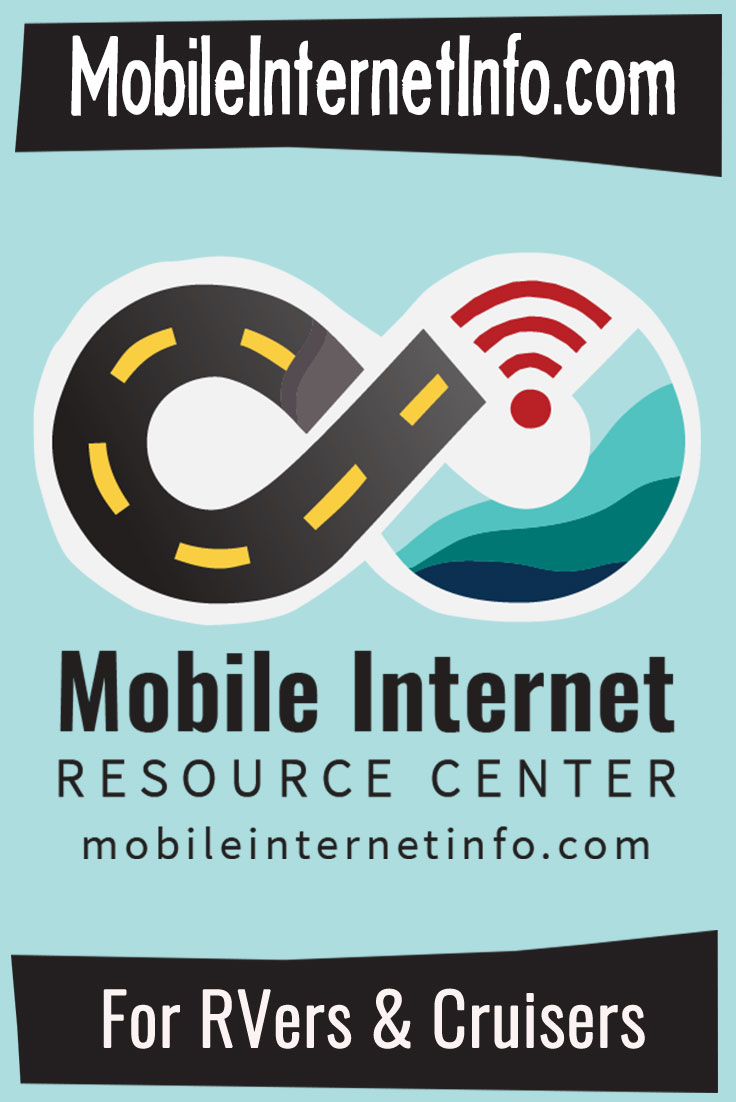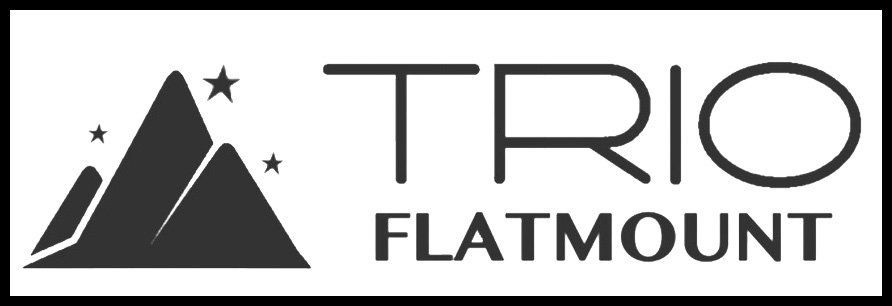austin3d
New member
What would you say is your least favorite thing about your Starlink setup when it comes to overlanding with it? Looking to go this way with our next overland setup for general internet use when needed and perhaps some part time remote work here and there.Yes you can do internet calling.
The starlink works so long as it can see the sky. It has worked everywhere for me. I get to some really remote spots in the west, I’ve also taken it to Alaska, Mexico and the Bahamas. No issues. It just works and is easy to setup. Last summer at lake Powell I shared the password with another boat camped close. Ended having of 40 users logged on to the WiFi. No problem, could still stream movies and make calls etc.








